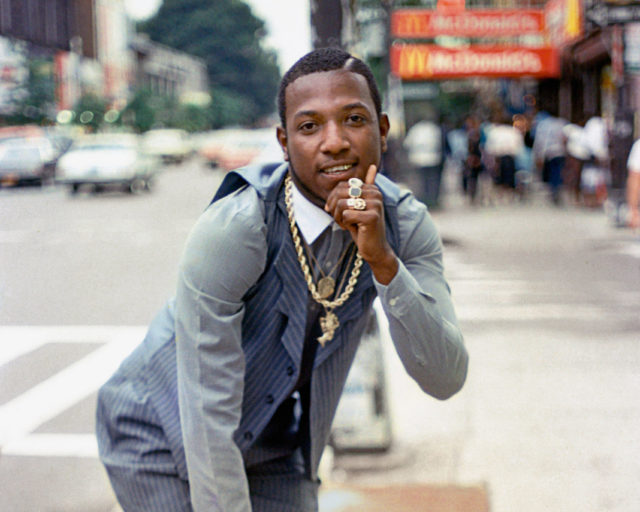James Barnor, Drum Cover Girl, Erlin Ibreck, London, 1966
Courtesy Autograph ABP, London
James Barnor’s deeply personal artistic practice has traversed cities, continents, and genres over six decades, all in reverence of the African diaspora. Barnor is a newsman, studio photographer, and fashion image maker. But the too common neglect of Black artists in the art world means his genteel images have been presented only on a handful of grandstand stages, beginning with exhibitions in London, in 2010, and Ghana, in 2012. Now, art history is finally catching up. Barnor, who was born in Ghana in 1929, was pronounced a 2020 recipient of the Royal Photographic Society Awards, and his work will be the subject of a solo exhibition at the Serpentine Galleries this year.
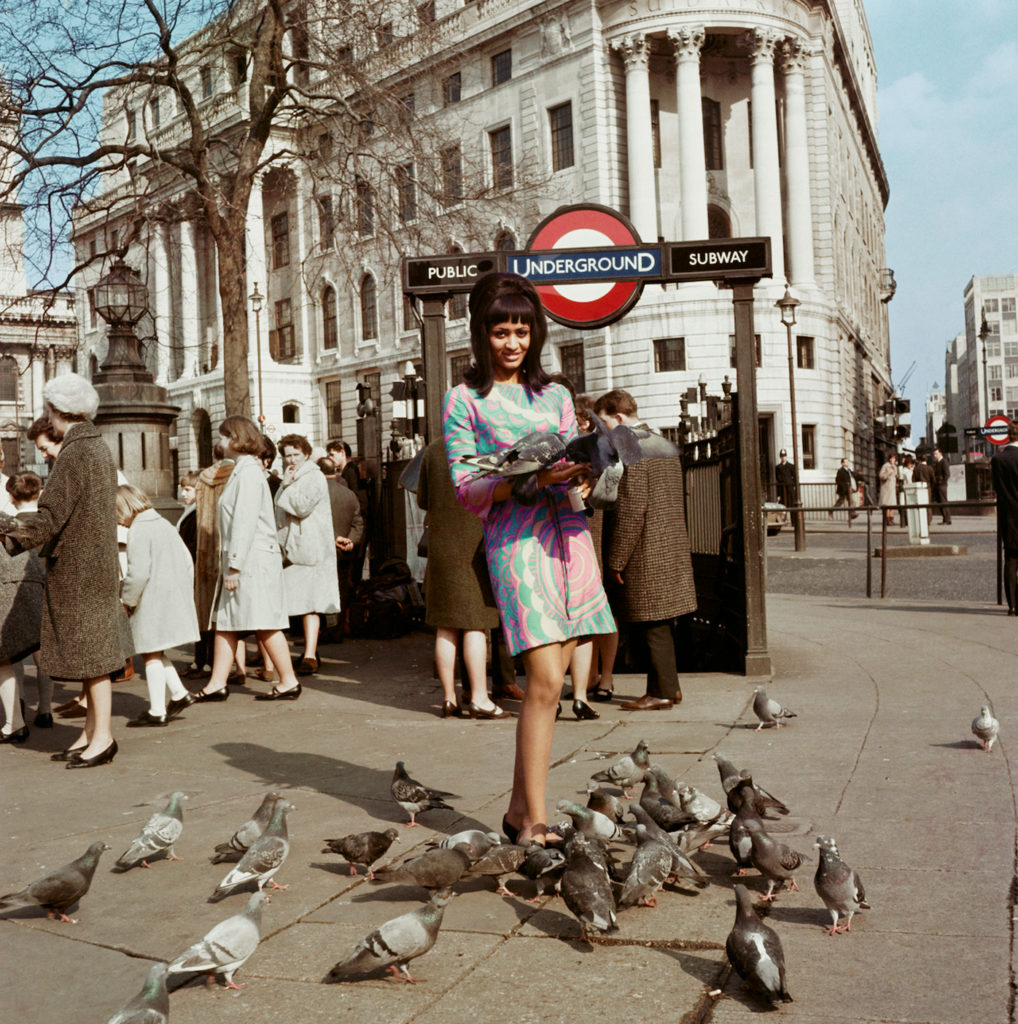
Courtesy Galerie Clémentine de la Féronnière, Paris
The result of cataloging tens of thousands of photographs, the exhibition James Barnor: Accra/London will be the most comprehensive survey of Barnor’s work. Originally scheduled to open in June 2020 on the event of his ninety-first birthday, the exhibition was delayed until 2021 due to the COVID-19 pandemic. A second national lockdown in the U.K. last autumn meant that I could only speak with Barnor by phone. Barnor is forthcoming and earnest despite not being able to travel home to Ghana for the burial of his sister Ivy Barnor, who modeled for him, or his close friend Jerry John Rawlings, Ghana’s former president, both of whom passed away in quick succession in November 2020. Rawlings once said, “I’m just an ordinary, hungry, screaming Ghanaian who wants to realize his creative potential. Who wants to contribute.” Barnor began making his own contributions in 1950, as the first appointed photojournalist for Accra’s Daily Graphic, a state-owned newspaper. Self-motivated and eager, Barnor captured a nation remaking itself. Twenty-eight years after Barnor’s birth, Ghana would gain independence from Britain in 1957.
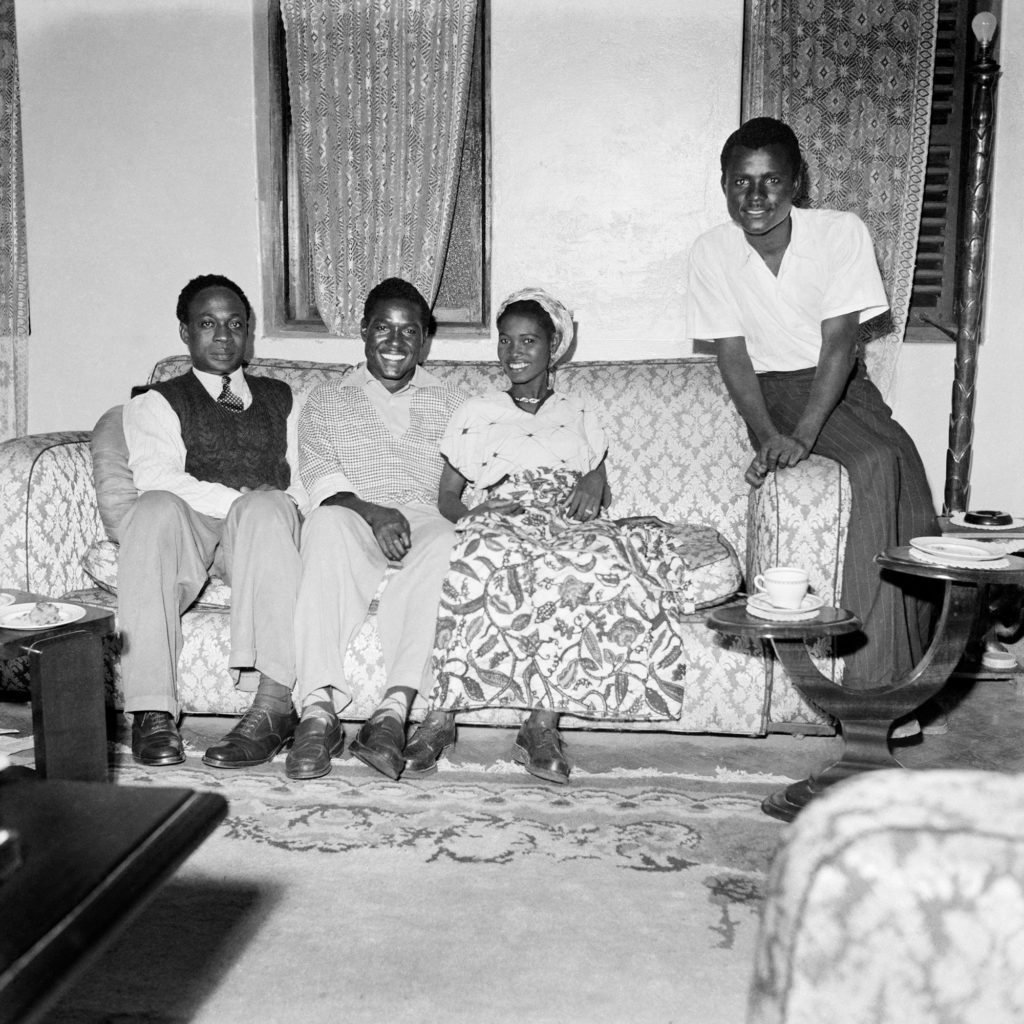
Courtesy Autograph ABP, London
Whispered news spread that Ghana was planning to introduce color television, and it was impressed on Barnor how invaluable it would be for him to travel and learn new imaging techniques to bring back home to Ghana. Taking heed, Barnor left behind his first, and successful, portrait studio, Ever Young, in Jamestown, a neighborhood of Accra, frequented by young couples, artists, and government officials, and arrived in London on December 1, 1959. Looking at a 1952 self-portrait with Kwame Nkrumah, who would become the first prime minister and president of Ghana, it’s easy to imagine the kind-eyed young man who arrived in the London metropolis curiously enchanted, unaware of the literal and figurative cold challenges ahead.
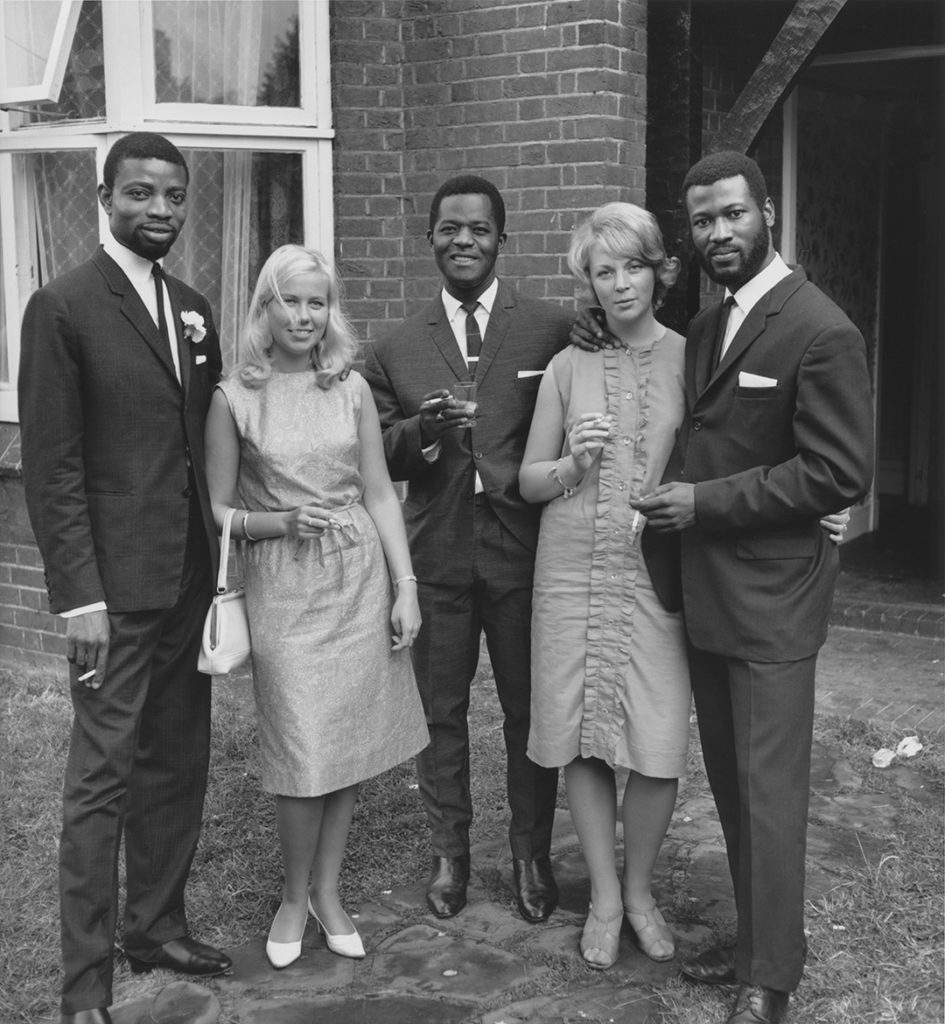
Courtesy Galerie Clémentine de la Féronnière, Paris
In the 1960s, Black photographers were not actively employed in the United Kingdom, and only on occasion would some be assigned to jobs in darkrooms, out of sight. In his first years in London, Barnor worked multiple jobs to generate enough income. He attended Medway College of Art, in Kent, for two years (despite not having a general certificate of education), learning how to take photographs, process film, and print in color. He also worked at the Colour Processing Laboratory, where he was eventually promoted to an assistant technician.

Courtesy October Gallery, London
During this time, when fashion was limited to very specific European ideals of beauty, Black women would become symbolic repositories of glamour, style, and Black social life in Barnor’s photography. Erlin Ibreck and the Jamaican-born Rosemary “Funflower” Thompson frequented his editorials for Drum, the anti-apartheid South African lifestyle and politics magazine, which had offices and editions in various African cities and was distributed internationally. Drum’s London office on Fleet Street became a personal and professional safe home for Barnor. His sitters were aspiring models, passersby, and, in one case, a London bus driver, but all were effortlessly alluring and a much-needed counterimage to the esteemed British swinging ’60s model Twiggy. On a trip to London, the Ugandan musician and singer Constance Mulondo was photographed for the August 1967 Drum cover. Her oval eyes are framed with thick black eyeliner and her chin is angled downward, nestled into the powder-blue collar of her dress.

Courtesy Galerie Clémentine de la Féronnière, Paris
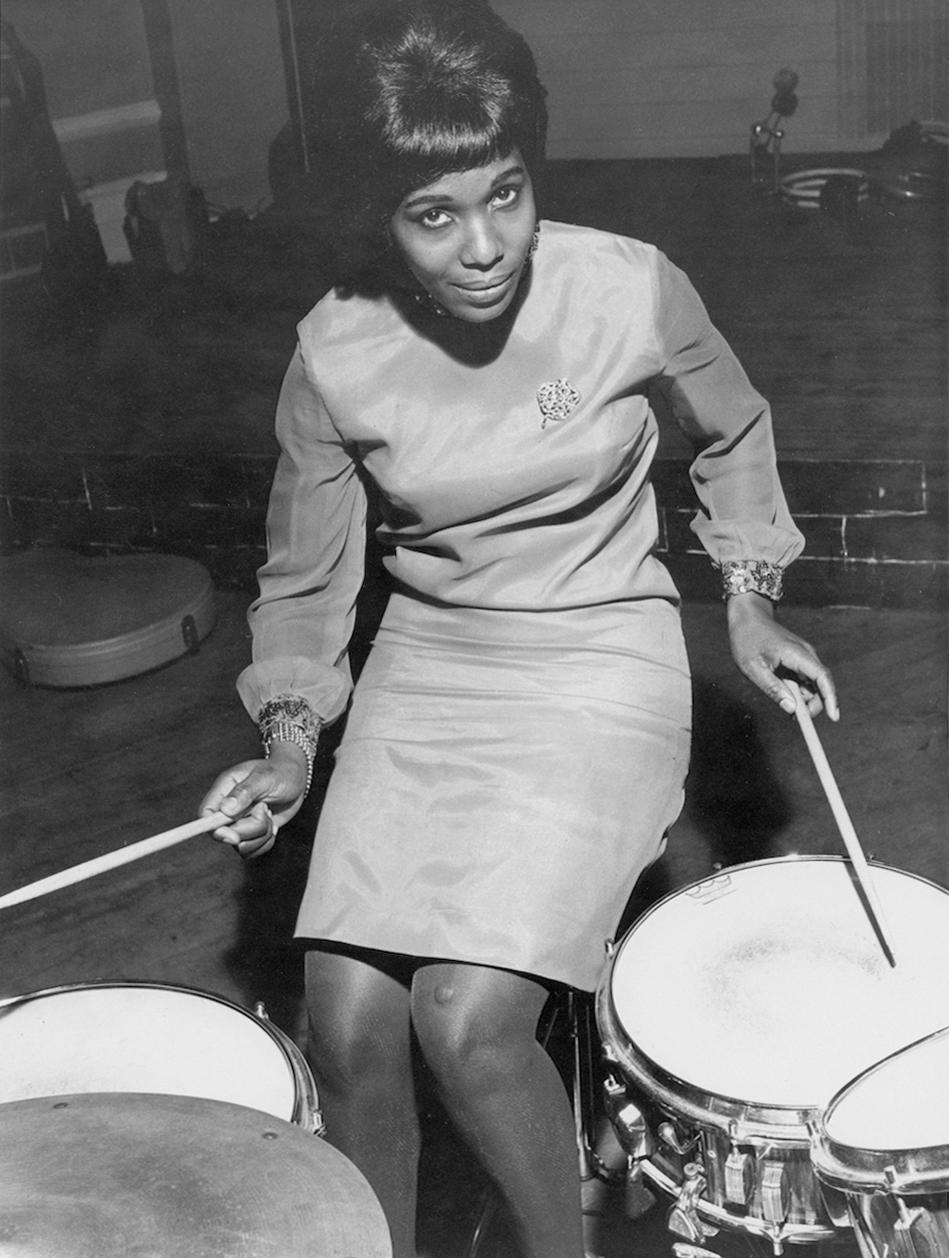
Barnor returned to Ghana in 1969, as a representative for Agfa-Gevaert, to introduce color processing facilities in Accra; soon after, he established a new portrait studio, Studio X23, which ran from 1973 to 1992. But in 1994, Barnor chose to adopt London as his permanent home. There, he developed a brotherhood with the younger Black British photographers Neil Kenlock and Charlie Phillips that continues through the pandemic. That sense of community has been visible in Barnor’s work all along. “What unites all the images is Barnor’s extraordinary ability to make visible his personal connection to his sitters,” says Lizzie Carey-Thomas, the chief curator of the Serpentine Galleries. “As he has stated: ‘People are more important than places.’”
James Barnor: Accra/London – A Retrospective will be on view at the Serpentine Galleries, London, from May 19–October 22, 2021.
This article originally appeared in Aperture, issue 242, “New York,” under the column “Backstory.”











